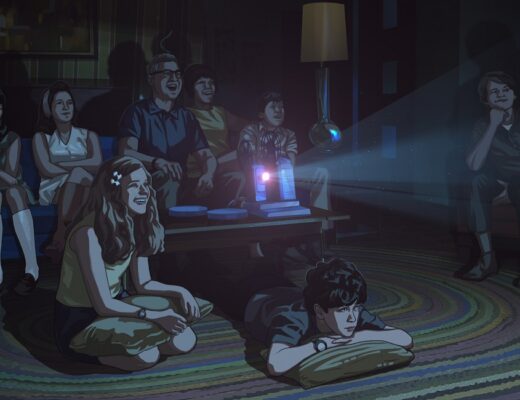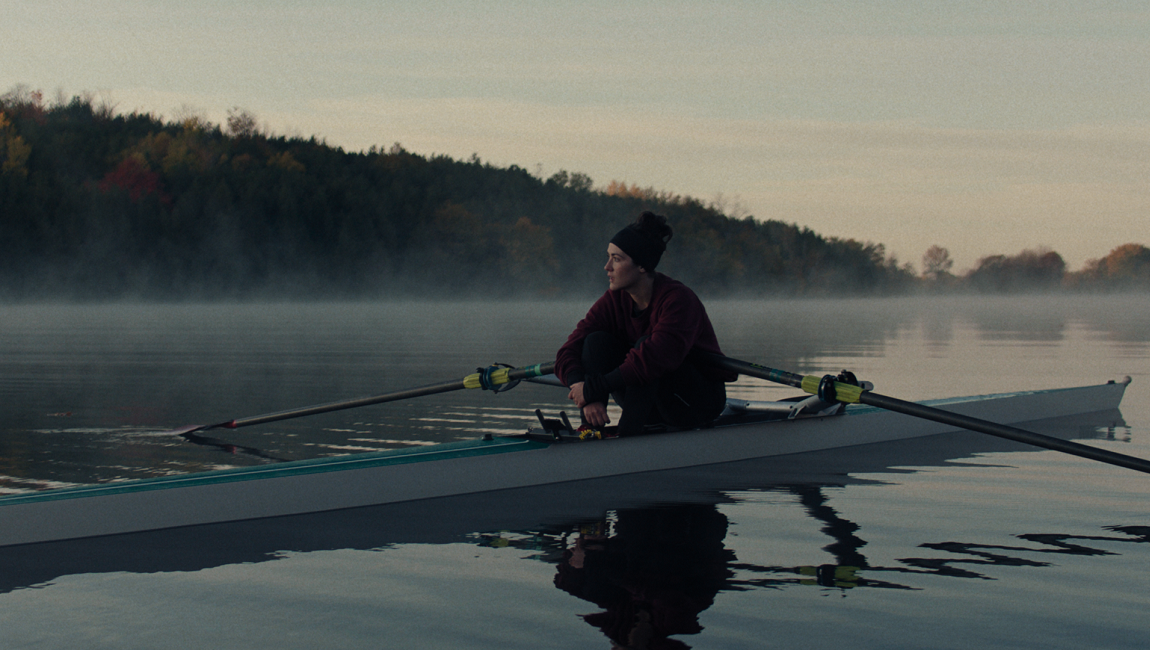The director’s latest work is built on quiet moments of spiritual and professional reflection, a Fellini-esque inward gaze at the artist and his art.
Originally premiering in the Special Screenings section at 2019 Cannes Film Festival, Tommaso marks Abel Ferrara’s return to narrative filmmaking after five years. In this autofiction, which the self-exiled director refers to as a home movie, he follows his regular leading actor Willem Dafoe in Rome (his camera shooting guerilla-style) as a stand-in for himself. Ferrara not only sets and shoots the film mostly at his own apartment, but also features his real-life wife and daughter (Christina Chiriac and Anna Ferrara) as fictional versions of themselves and the family of Tommaso (Dafoe), a recovering drug addict filmmaker/actor who restlessly struggles with his obsessions of jealousy and anxieties regarding both his personal and professional life. Here, the traits that define Ferrara’s best work are present and precise: the raw, low-key punk aesthetics; a mixture of the mundane and the otherworldly, the physical and the spiritual, the material and the mystical; the dissolution of reality into nightmares and dreams; and the expressive lighting which embodies a spatial and temporal purgatory. Further familiarity can seen in the opening shot: Dafoe steps into the film to attend his Italian language class – the necessity of communication, verbal and physical, is another predominant aspect of Ferrara’s work – while the sound of church bells and heavy rays of light fill the screen, the crumbling facade and ancient columns of the building surrounding him.
Ferrara dedicates a considerable part of Tommaso to an observance of everyday activities – domesticity seen in cooking and family dancing; the pleasures of meditation and lovemaking and shopping; the work of acting classes, rehab meetings, and Tommaso’s late-night, head-clearing wanderings – while his protagonist attempts to seek a way out of his created labyrinths of illusion and selfhood. His spiritual search dominates: in one hallucinatory scene, near the film’s end, Tommaso pulls out his heart and hands it to some black immigrants, while in another he crucifies himself in front of a crowd saddled with cellphone cameras (a reference to Dafoe’s performance in The Last Temptation of the Christ). And in between all this, Ferrara uses video clips as interludes to intensify the film’s emotional constructions of joy and melancholy. During a rehab session, Tommaso confesses his desire to remake Federico Fellini’s La Dolce Vita, but Ferrara’s latest feels much more like his 8 ½ , a deep reflection from an artist on his art and its genesis. It’s like Tommaso teaches in his acting class: “We’re just doing the action in a pure way. That’s when we get closer to experiencing, for me, the beauty of life.”
Published as part of June 2020’s Before We Vanish.







